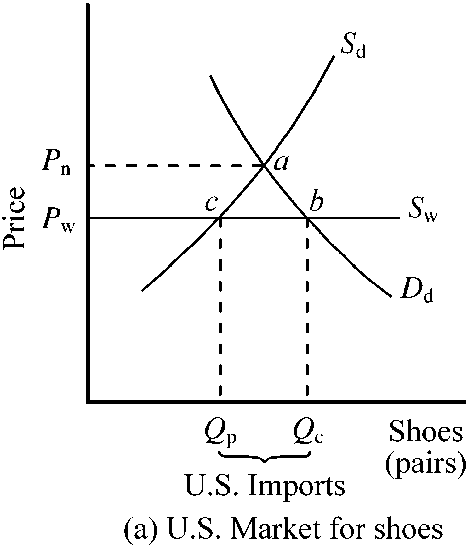Which of the following is true?
a. If the consumer is a buyer of several units of a good, the earlier units will have greater marginal value and therefore create more consumer surplus, because marginal willingness to pay falls as greater quantities are consumed in any period.
b. When some units of output can be produced at a cost that is lower than the market price, the seller receives a surplus, or net benefit, from producing those units.
c. At the market equilibrium both consumers and producers benefit from trading every unit up to the market equilibrium output.
d. All of the above are true.
d
You might also like to view...
As an individual moves northwest along an indifference curve substituting more and more Y for X, his or her MRS of X for Y
a. increases. b. decreases. c. stays the same. d. changes in a way that cannot be determined.
A dominant strategy is one that is best for one player regardless of the strategy chosen by the other player
a. True b. False Indicate whether the statement is true or false
Figure 17-1

In , in the absence of trade, the domestic price of shoes would be Pn. If the United States moved from a no-trade situation to free trade, which of the following would happen?
a.
The domestic price of shoes would rise, and domestic consumption would fall.
b.
Both the domestic price of shoes and domestic consumption would rise.
c.
Both the domestic price of shoes and domestic consumption would fall.
d.
The domestic price of shoes would fall, and domestic consumption would rise.
Which of the following does Luddite reasoning get correct?
A. Historically, the demand for labor has actually increased as technology has advanced. B. New technology frequently causes some specialized labor skills to become obsolete. C. New technology tends to raise total output, leading to an increase in the demand for labor. D. Labor is necessary for building and maintaining machines, and so increased demand for machines increases the demand for labor.